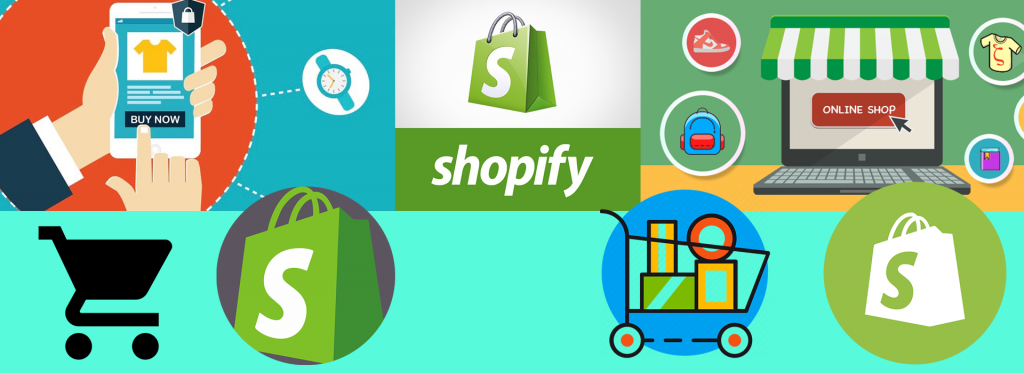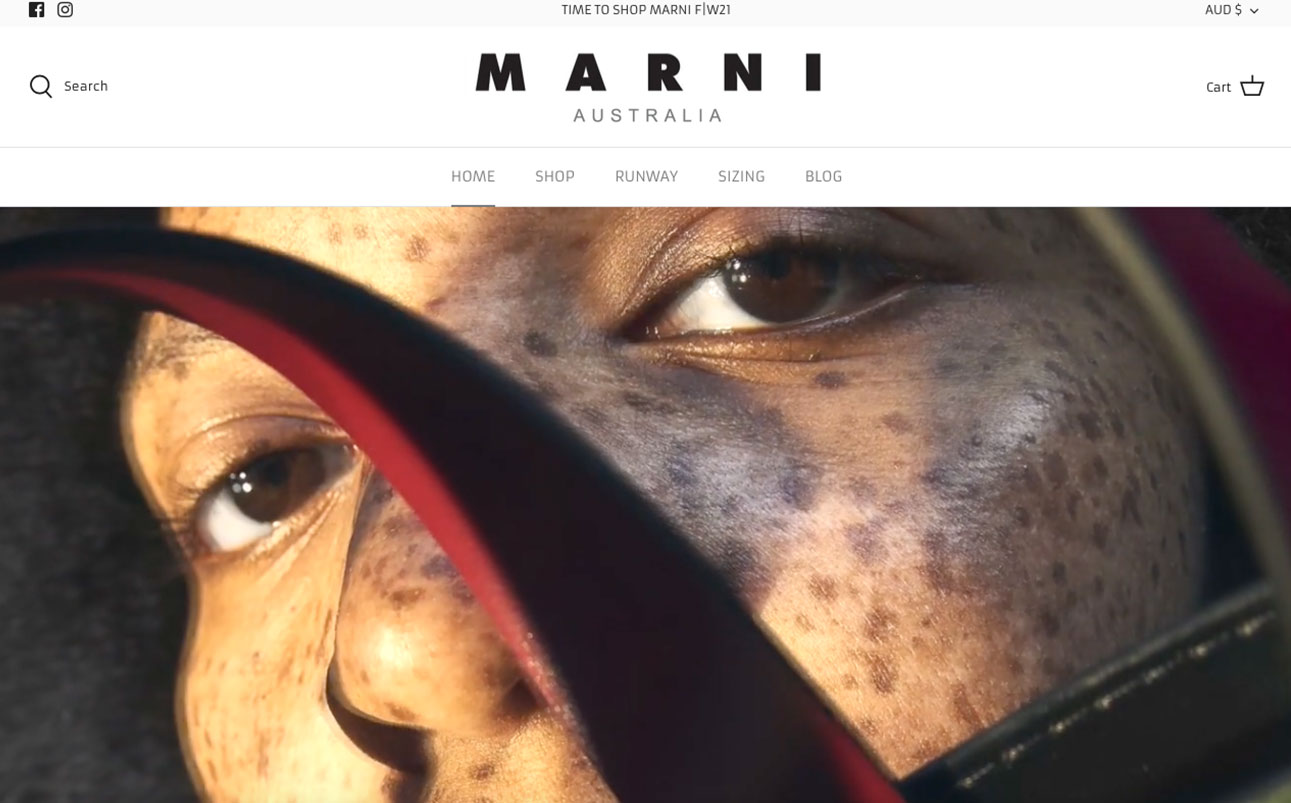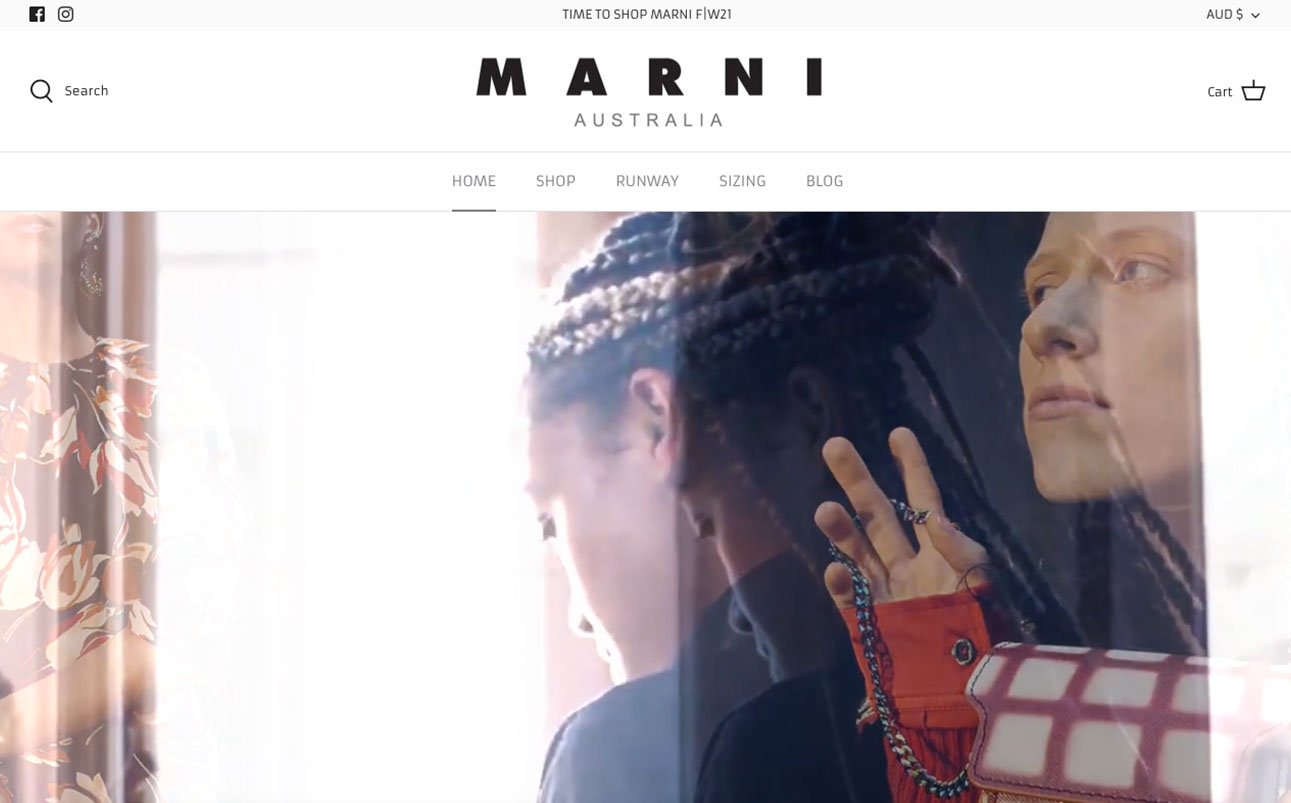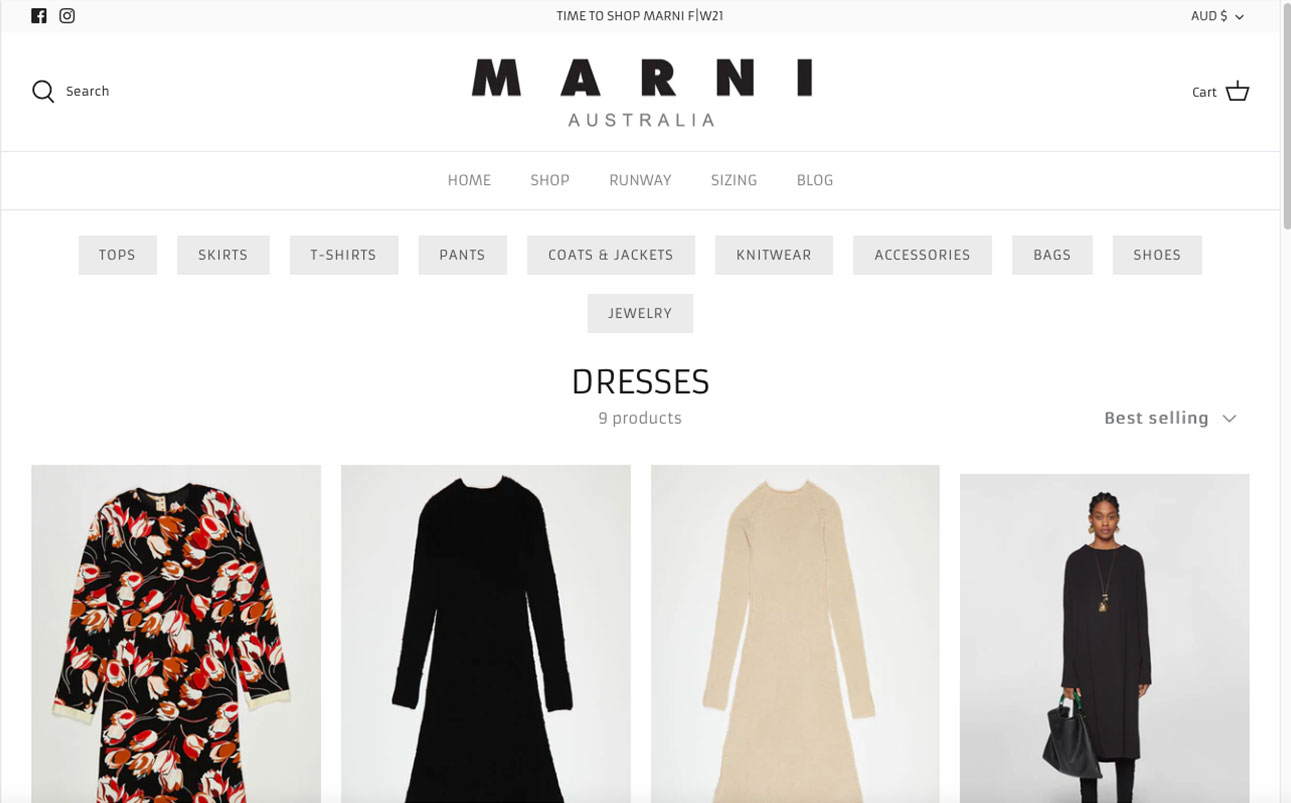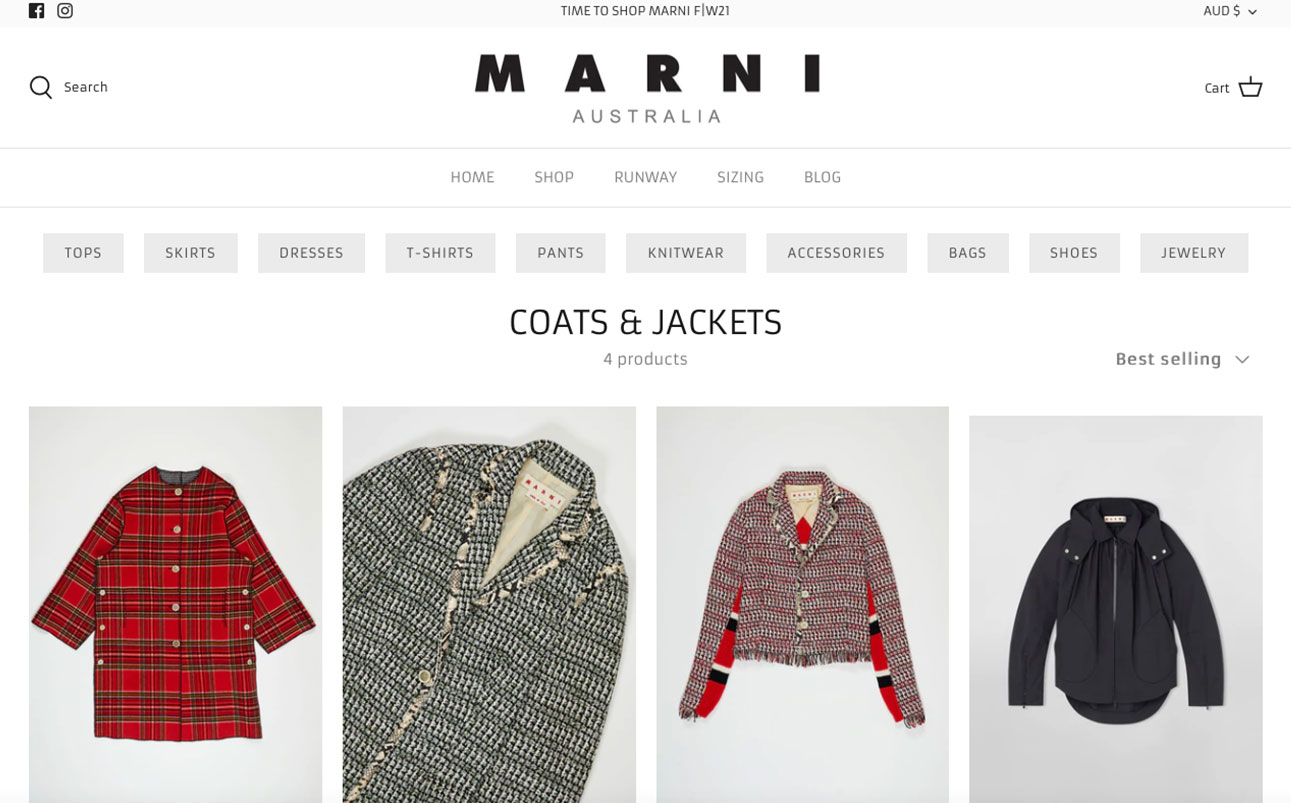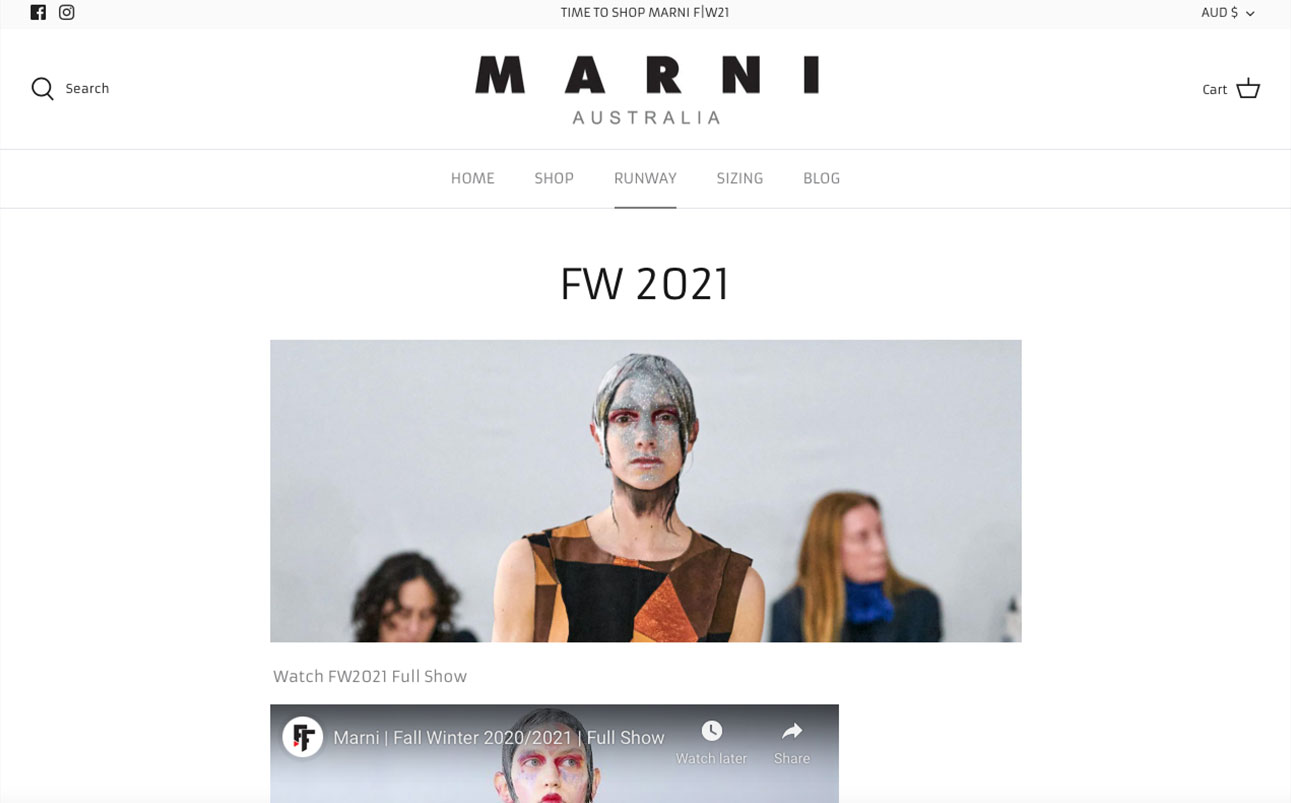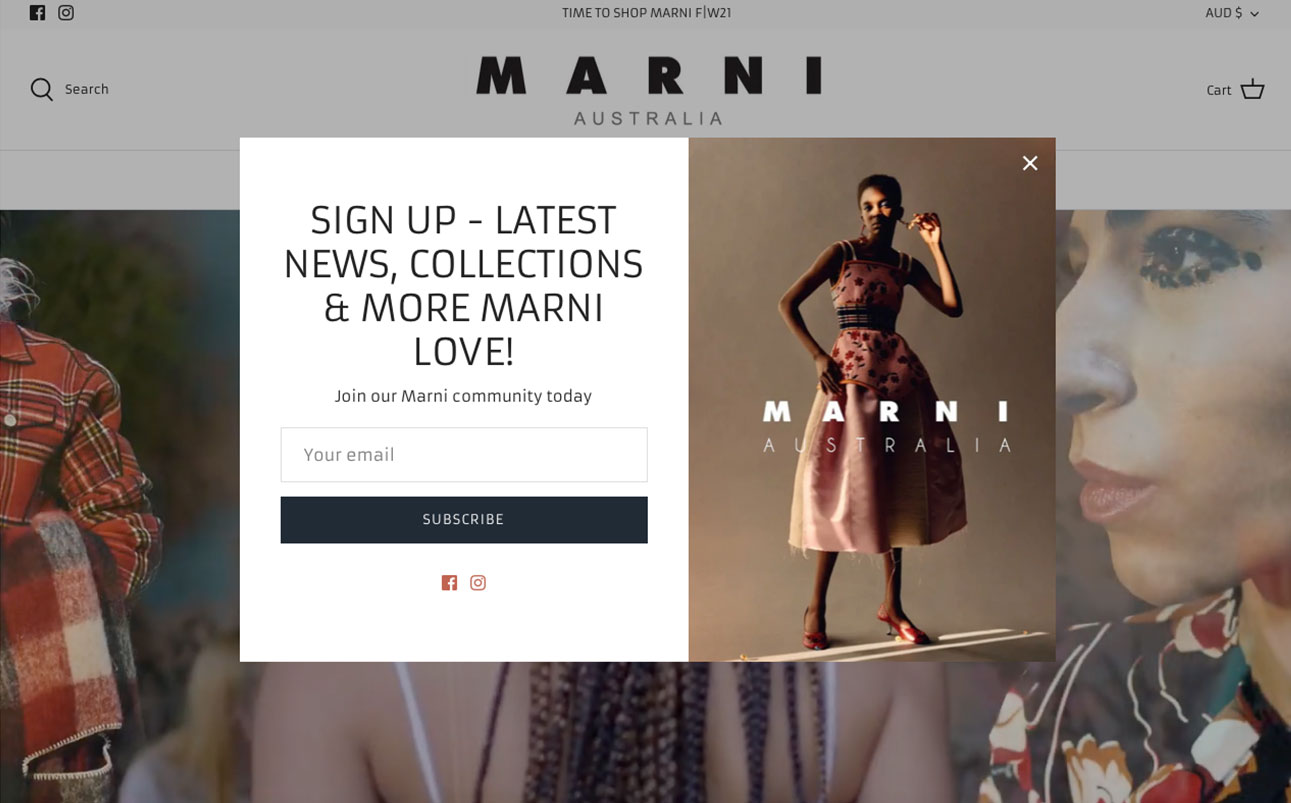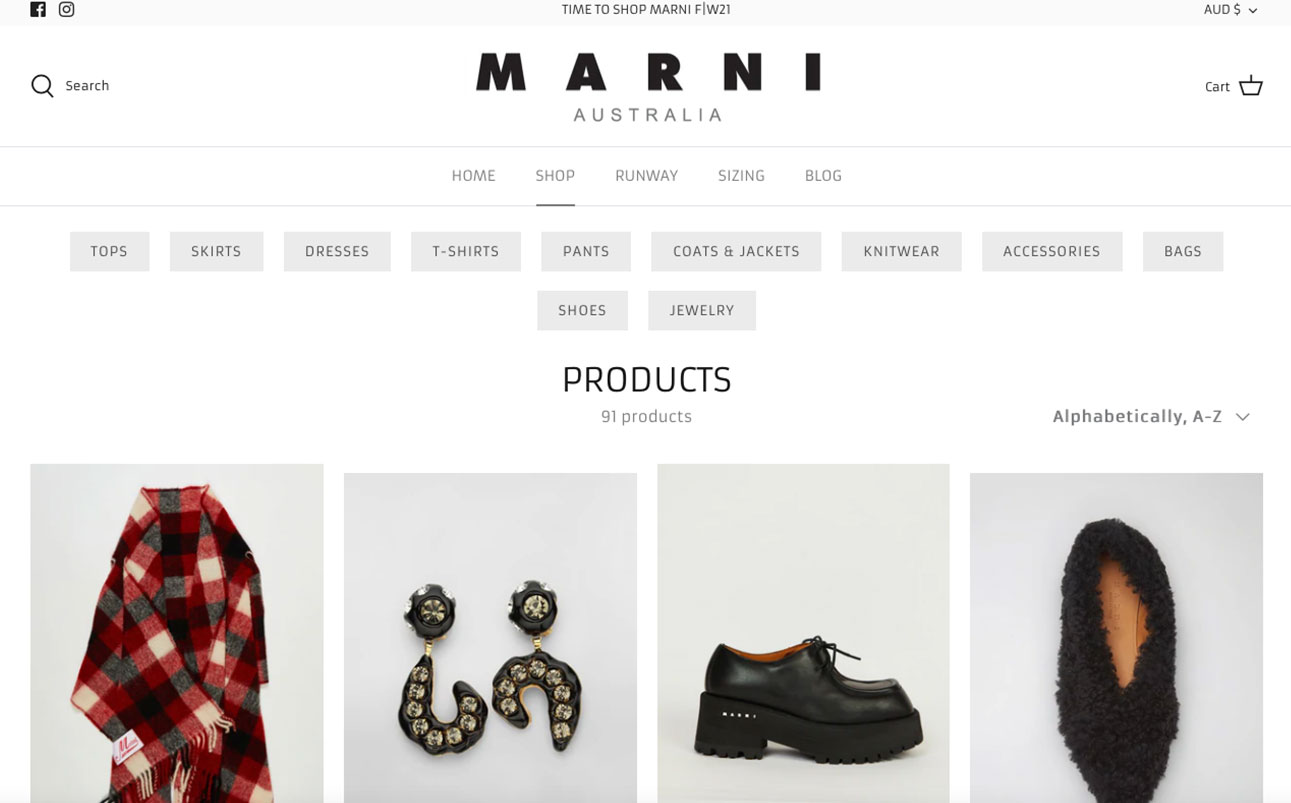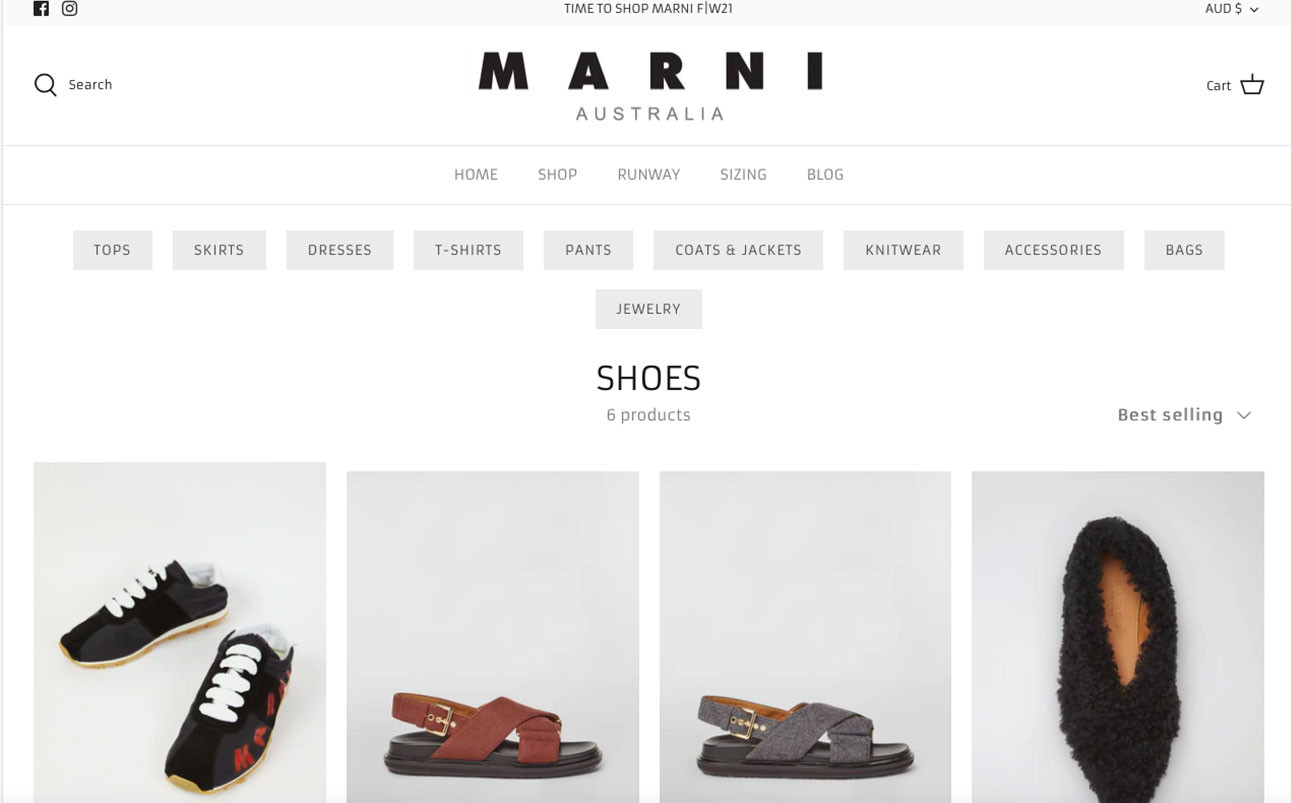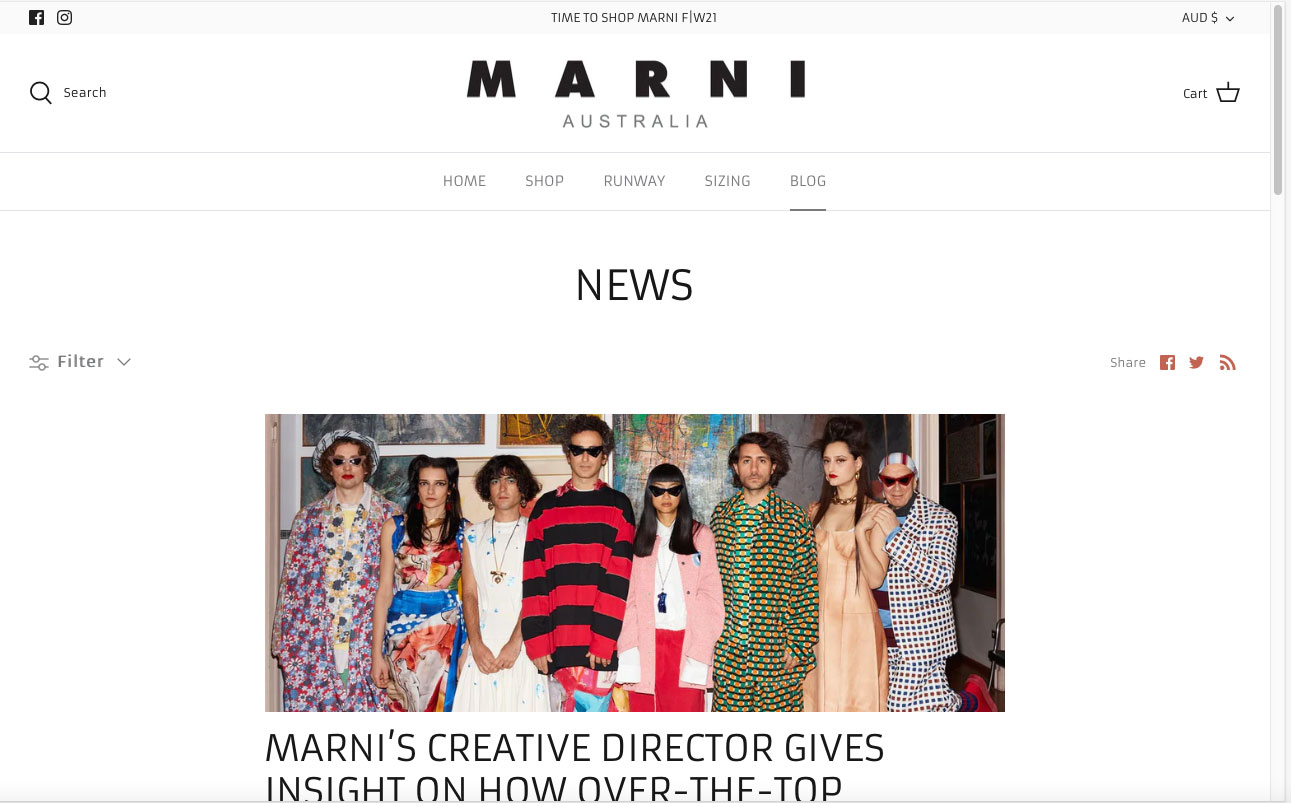READY TO MAKE MONEY ONLINE ?
UNDERSTAND YOUR BUSINESS
HAVE CLEAR GOALS & OUTCOME
WORK WITH A TEAM TO CREATE GREATNESS
EVOLVE INTO THE DIGITAL WORLD
ESSENTIAL LAUNCH ITEMS
It is really important to have a great checklist or overview of the requirements for your site build. Understanding WHAT YOU WANT TO ACHIEVE & HOW is the best place to start. This initial step is critical to how your client sees your brand and image and how they proceed to purchase and enjoy their shopping experience with you.
From strong colours, themes and branding through to high-quality images and navigation, your site will speaks volumes about the type of business you are running and the people that you appeal to.
Even with the most simplest of sites and product range, any initial setup is fairly complex and detail-driven. After all, we are talking about you financial automation, product images, ease of navigation, the use of customised apps for functionality and overall experience.
Use the setup list we have created to get a more detailed look at your business model and site creation. With this information, we are then able to give you a far more accurate quote – and equally get to know you and your business model in detail.
Sales Channels
- eBay
- Amazon
- Facebook Shop
- Google Shopping
- Buy button and checkout links
- Messenger
All sales channels connect with the core of your Shopify business, so you can easily keep track of orders, products, and customers across all platforms.
Add a custom domain
Choosing a custom domain name for your site gives you brand recognition and makes it easier for people to remember your URL.
You’ll want to conduct a domain name search first to see if your business name ideas are available. If it is, and the name isn’t already a trademark in use by another business in your industry, you can purchase your custom domain name directly through Shopify.
Upgrade your SHOPIFY theme template
Updating your theme template opens up a lot of advantages within the Shopify world. PRO templates are optimized for specific markets and may out perform standard theme templates. It also opens up customization flexibility.
Thoroughly review your checkout experience and payment gateway
When testing your checkout process, you’ll want to make sure:
- Shipping rates are surfaced during checkout
- Discount codes can be applied in the cart
- A shopper can edit their cart’s content
- Familiar payment methods, such as PayPal and Shop Pay, are available
- There is an option for order status tracking
- The contact page can be easily accessed in case order editing is needed
- An email notification is sent to confirm a purchase
- A language and currency switcher and a shipping policy clearly stating who pays duties and taxes are both available if offering international sales and shipping
With Shopify Payments you can place a test order on your site with a live payment gateway to make sure everything works.
Learn more: A seamless checkout process, Shop Pay checkouts convert at a 1.91x times higher than regular checkouts.
Prepare your standard pages
It’s important to have a few pages that visitors can browse to learn more about your company. In Shopify’s research on what wins buyer and customer trust, we found that shoppers to a brand new store are looking for answers on whether the store is an upstanding business and if it treats its customers fairly.
Based on our research, these are the pages we most recommend online stores include in their sitemap:
Homepage. Your homepage is arguably the most important page on your site. It’s often the first place people land and, if not, the second place they go. The homepage is a place to establish the overall look and feel of your website and ensure you have clear navigation to browse your store.
Contact page. A Contact page offers shoppers reassurance a store is authentic. List a phone number, email, and retail address (if there is one). If potential customers can’t contact you with questions, you could be missing out on lots of sales opportunities. Consider including a contact form so they can send you a message without ever leaving your site.
About. Your About page is where shoppers go to learn more about your company, your brand, and the people behind your products. Many store owners overlook this page, but it can be an effective sales tool if approached in two ways:
- Shoppers often are trying to make sure a business will be around for the long term. An About page is a chance to show your store is real.
- Many shoppers are interested in a business’ mission and purpose and if the business shares any of their values. Sharing your brand’s purpose, principles, and why the business was started can win you new customers who support similar causes.
Frequently Asked Questions (FAQ). At launch, you might not have lots of information around which questions customers will ask the most. To craft an effective FAQ page, you can predict inquiries and also look at competitors to see what questions they answer on their websites. Universally, customers often have questions about shipping, return policy, and how to get in touch.
Setup new URL emails for professional business activity.
Email is a powerful tool for online store owners. On your Shopify store, there are several automated emails you’ll want to customize before launch. Edit your email templates and create sequences that nurture your list and ultimately drive sales.
Set up an email marketing app like Shopify Email, Seguno, or Klaviyo, and consider the following emails:
- Welcome series
- E-receipts
- Abandoned cart notifications
- Order confirmation
- Shipping notifications
Great COPY / Conduct a content audit
Sometimes you’ll be so close to your work, you won’t notice small mistakes like spelling, grammar, or broken links. Reviewing backward—starting with the last paragraph and working your way to the top—will help you spot errors you may have missed.
When it comes to your copy, consistency is one of the most important things to remember. Adopt to a particular editorial style guide, whether it’s MLA or APA. If you want to get creative with spelling or make up your own words, that’s OK, as long as it’s on brand, but be sure to be consistent across your site.
Great Images | Optimize all images on your website
Slow-loading images can hurt your site’s user experience and performance in search engines, and slower load times have been shown to lower conversion rates. It’s important all your images are optimized for the web to ensure fast load times. Shopify handles the technical complexity of keeping your images fast, because we know speed matters for online stores. Here’s what else you can do to improve load speed and optimize your images for web:
- Be descriptive when naming your images. This helps with the SEO ranking of your site and product pages. Use keywords that you’re trying to rank for.
- Optimize your alt attributes carefully. Alt attributes are used for web accessibility and SEO. Again, be descriptive and consider your target keywords.
- Reduce the size of your images. On Shopify, you can keep images at the same quality you’d use for print, but try to keep them at a reasonable pixel size. For example, a typical thumbnail image is 50 x 50 pixels, so there’s no need to upload an image that’s 4000 x 4000 pixels.
- Choose the right file type. For most online images, a good rule of thumb is to use JPEG images for photography and PNG images for graphics and icons. Learn about the image file types supported in Shopify.
- Review your thumbnails. Your brand logo is incredibly important. It’s how customers associate the name of your business to a visual. Thumbnails show up all over ecommerce sites, so make sure they’re clear across their many sizes on your online store.
- Test your images. You’ll want to know what’s working and what’s not and, more importantly, why. Run some A/B image tests to see which types of images work best (i.e., contextual vs. white background).
Site Design | uploading collections & products.
This part must be planned very well. Products have to be completed and then photographed to look great. products mayweed multiple images to show off different sides & looks. The uploading of images with all of the descriptions / sizes, shipping and any extra information takes times. Simple site have around 30 images with more complex sites having hundreds and even thousands of products lines and images.
Analytics tools
Analytics are important to set up from day one. This data will give you valuable insight into your visitors and customers.
Your Shopify store will have its own set of analytics reporting built-in, but you may also want to install a third-party tool. Google Analytics is one of the most well-known and popular analytics tools, but you can also look at SE Ranking, Piwik and Adobe Analytics. You can even use a combination of tools to analyze your business, but we recommend you get used to tracking these basic ecommerce metrics first.
Have a pre-launch marketing plan
Once you launch your site, you’ll want to make sure people know about it. The best way to do that is with a marketing plan.
Document your marketing plan so once you go live, all you have to do is follow the steps you’ve already outlined.
Again, we can look to Dollar Shave Club as an example. At launch, the razor company set out to disrupt an industry. It created a video to share its vision that quickly gained it brand recognition.
Tax and shipping settings
You’ll want to check that your tax settings and shipping rates are appropriate for the product(s) you’re selling. Otherwise, you could unknowingly eat into your profits by not charging enough. Double check your tax and shipping settings before launching your store.
Depending on where your business and customers are located, you might need to add sales tax. Not sure which tax settings to use? Your best bet is to consult with an accountant familiar with taxes in your area.
Make it easy for shoppers to contact you
Remember that contact page we recommended you set up? That’s not the only place where you should have information on how customers can get in touch. You’ll want to include your business address, phone number, and even live chat on most pages of your website if you can.
According to ICMI, businesses that chat with site visitors have a 48% increase in revenue per chat hour, a 40% increase in conversion rate, and a 10% increase in average order value. Nosh Detox has seen similar results, with orders coming through live chat worth 10 times more than the site average.
Install only the essential apps
Though there are tons of apps in the Shopify App Store, not all of them are essential for a brand new business. In fact, some won’t make sense for your online store at all.
When you’re just getting ready to launch, you’ll want to install only the most essential apps, and deciding which ones are most important will depend on your business and your industry.
What are the functional requirements for a website?
Basic functional requirements for an ecommerce website include accessibility, mobile-responsiveness, a working checkout flow, and a site policy/privacy policy. Nice-to-haves include personalization, search, user roles, and more.
Work with us to get the best RESULTS
The more information and setup requirements that you are ready and armed with – makes the site build process a lot easier. Then you have read the above information, write down all of the points on how your site will be created.
There are some things that are easy to do – and of course there are lots of things that take time. Delays and build re-adjustments can often take time and additional cost from the initial quotes. To avoid this – we highly recommend that you look at the critical aspects of a Shopify site build and address everything before you start. This also give you and us – a clear guideline to maximize time and completion.
GLOBAL FASHION BRAND MARNI ITALY | AUSTRALIAN SITE
LUCKY BUDDHA BEER
CLOTHING BRAND – THAT LUCKY LIFE
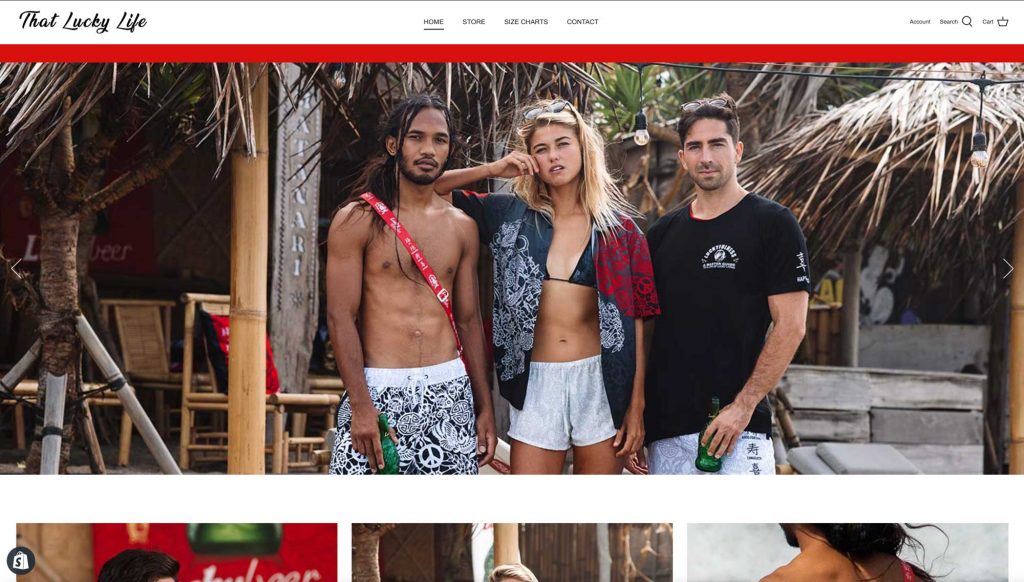
Are You Ready For Online Business Success !
